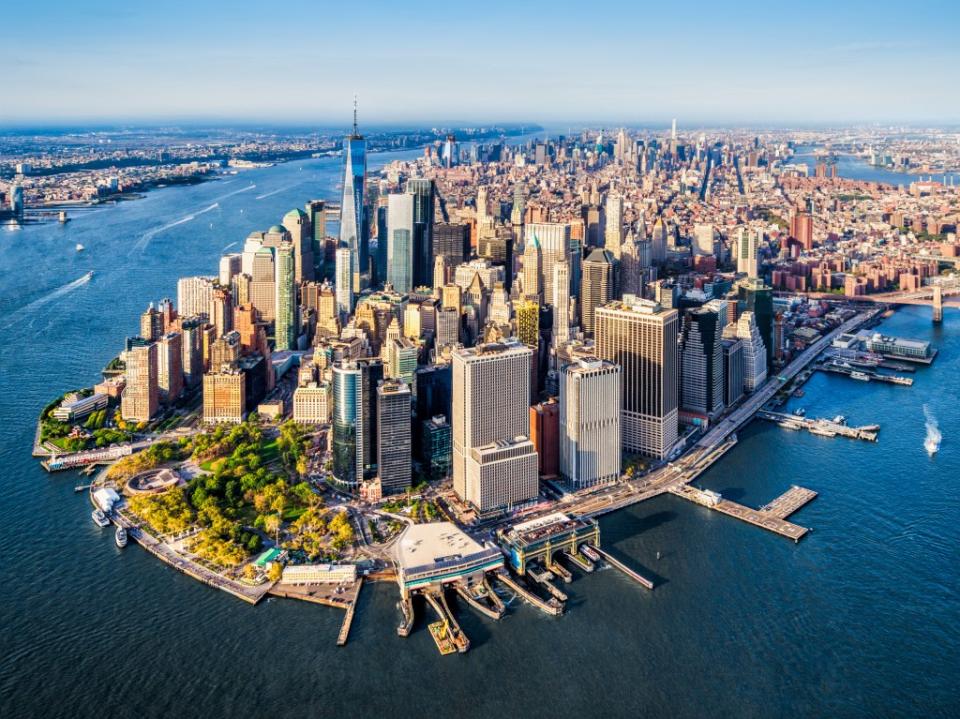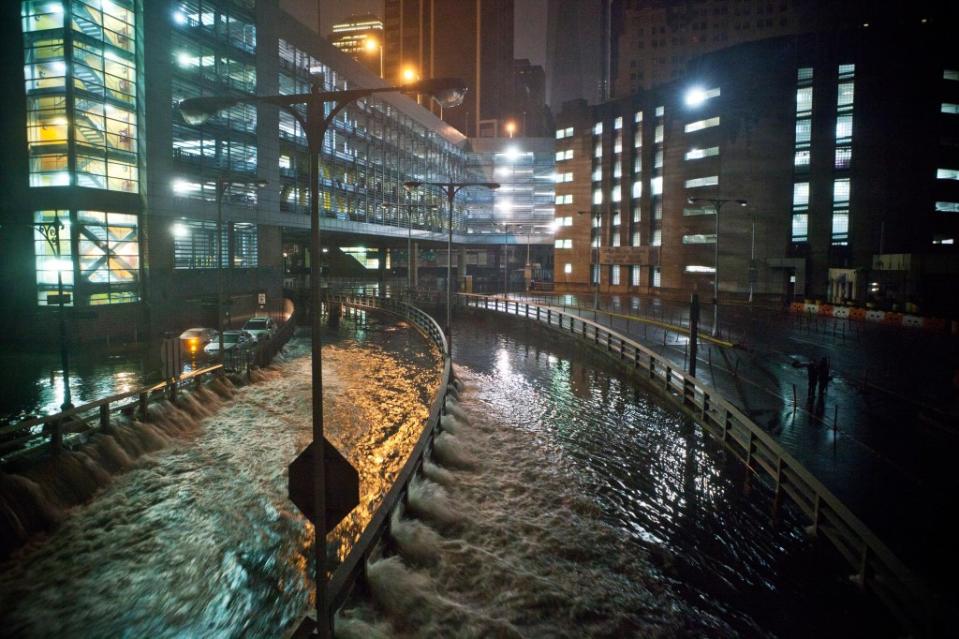Sea levels around NYC could surge up to 13 inches in 2030s due to climate change: state study

Sea levels surrounding New York City are expected to rise at least 6 to 9 inches in the 2030s and potentially up to 13 inches in some areas due to climate change, according to state projections.
The assessment done by the state Department of Environmental Conservations also claims that sea levels in the lower Hudson River could swell by 23 inches in the 2050s and up to 45 inches in the 2080s.
“Sea level rise is one of the most direct and observable effects of climate change in New York and DEC is required by law to develop science-based sea level rise projections to guide decision making and permitting in the areas most at risk,” the DEC said in a statement.

By the year 2100, downstate sea levels could surge by 25 inches to 65 inches. A worst-case scenario could see a staggering 114-inch rise by the end of the century under rapid ice melt projections.
Such a dramatic rise in sea levels could decimate low-lying residential areas in the Big Apple that were pummeled during Hurricane Sandy in 2012.
The DEC posted its projections of sea levels in the New York State Register, based on studies of global climate models. The agency is required to periodically post sea-level projections under the Community Risk and Resiliency Act.
“New York is leading the nation to address the impacts of climate change, which include heatwaves, floods, more frequent storms, and sea level rise,” the DEC said.
The sea level projections do not create any edicts or compliance obligations on local governments — though they are intended as a guide to assist state and local planners and regulators in making decisions to address more storm-related floods.

Ultimately, both the rate of sea level rise and the level of rise over time will be determined by the severity of global greenhouse gas emissions, officials said.
Continued high emission rates will lock in continued rapid warming of the ocean and lead to higher rates and levels of sea level rise, DEC said.
Addressing climate change without hurting businesses and consumers is easier said than done.
Gov. Kathy Hochul has faced criticism this year over a green push targeting a key chemical used in refrigerators and air conditioners that critics say could force business owners to shell out hundreds of thousands of dollars in new equipment.
Small business owners warned the aggressive timetable to phase out hydrofluorocarbons, or HFCs, starting next year, could cripple businesses, icing out jobs and triggering price hikes on food items and other consumer products, as they attempt to comply with the costly mandate.
Last year, Hochul sparked outrage when she outlawed the use of gas stoves in all new residential construction.

